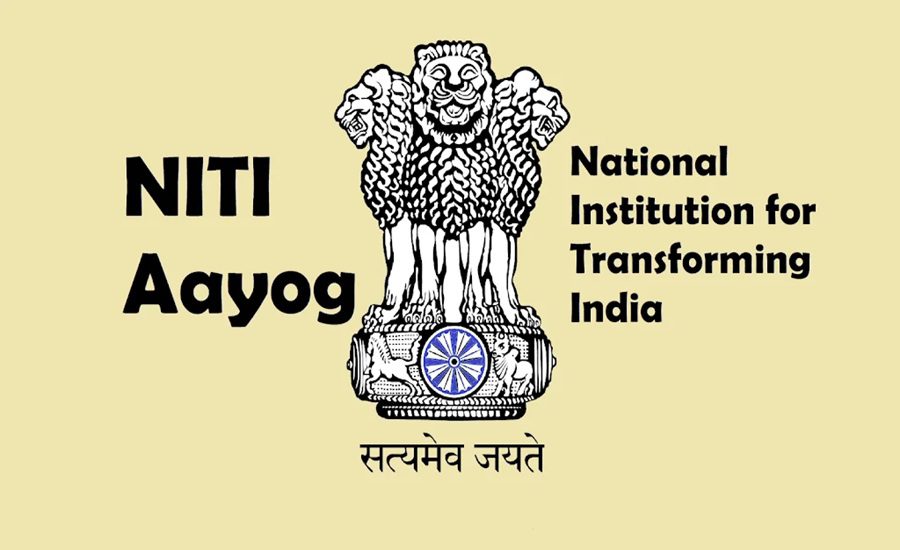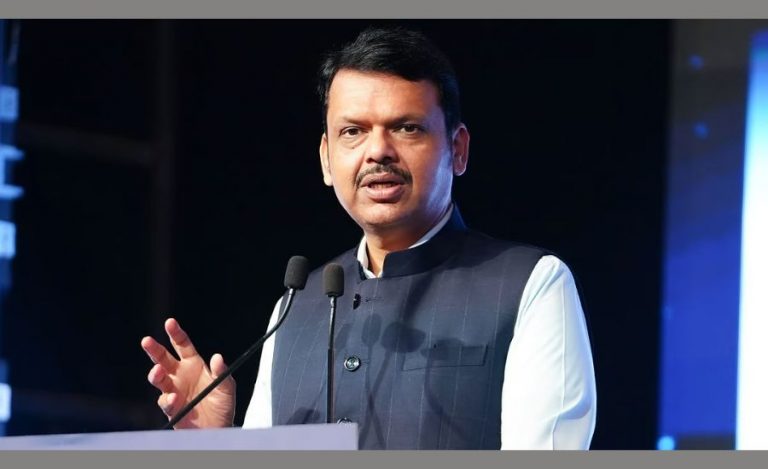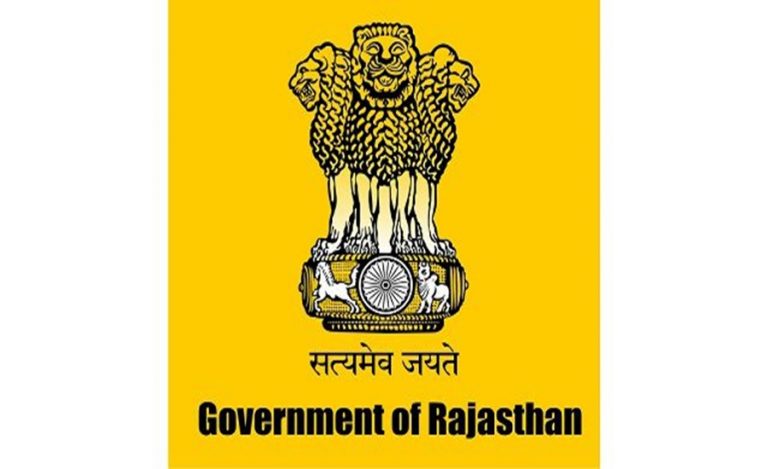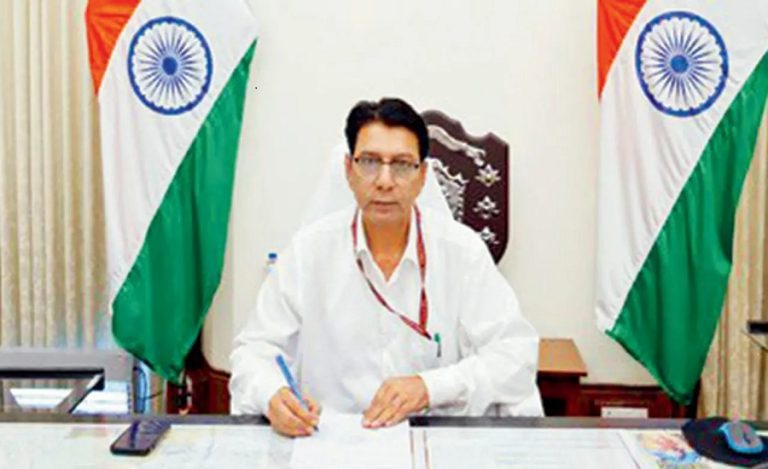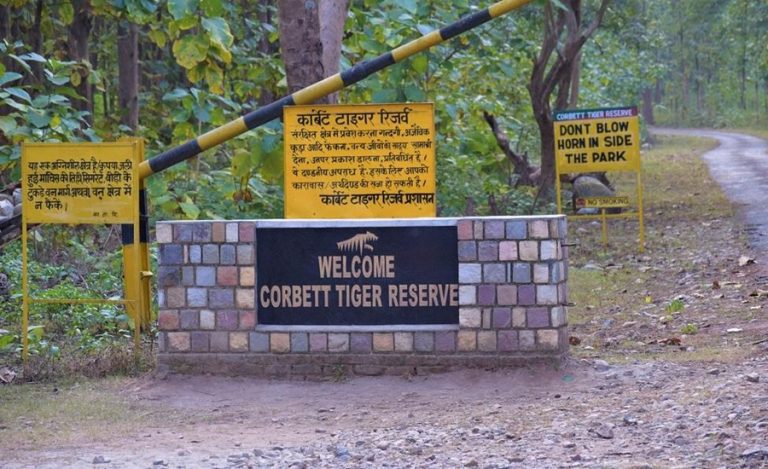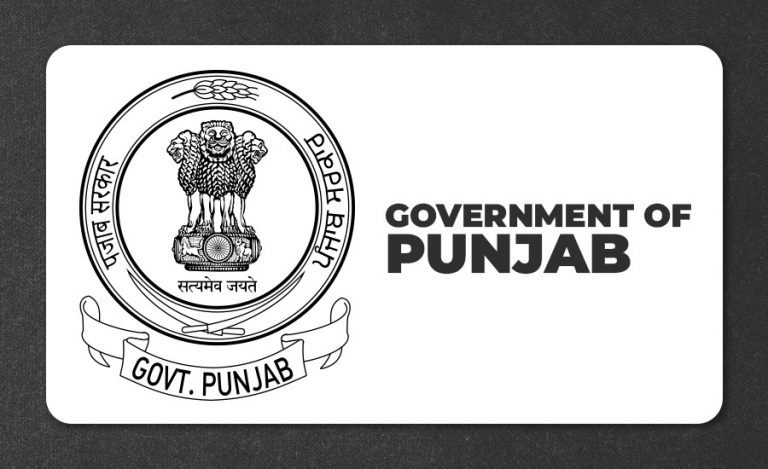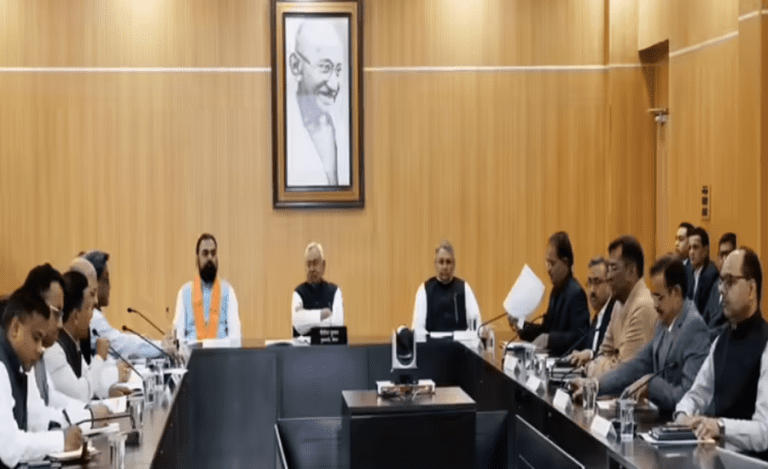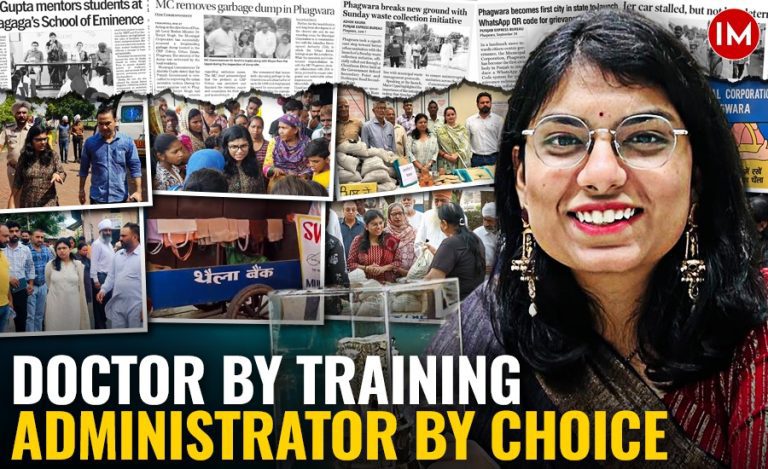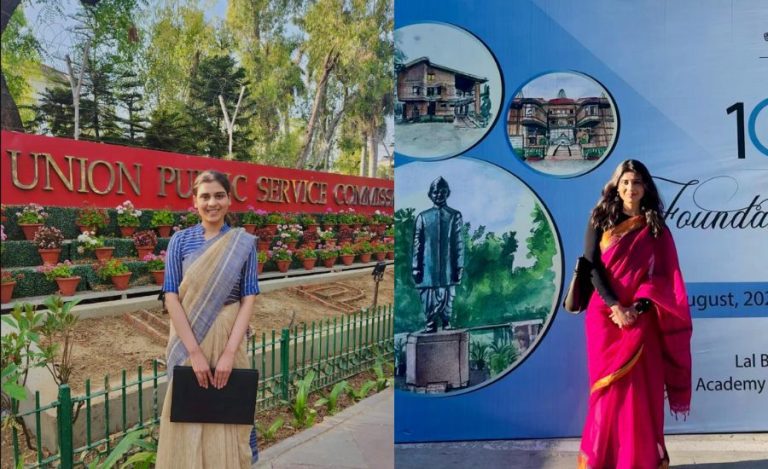New York: India reinforced its global commitment to the Sustainable Development Goals (SDGs) on July 23, as NITI Aayog Vice Chairman Suman Bery presented the country’s Third Voluntary National Review (VNR) at the UN’s High-Level Political Forum (HLPF) on SDGs. Speaking at the Ministerial Segment, Bery emphasized that India’s success rests on a dynamic blend of rapid economic growth, focused infrastructure investment, and targeted welfare schemes — all powered by grassroots-level execution.
He noted that within a decade, India had transformed the SDG agenda into a national development movement, bringing together all tiers of government, civil society, and the private sector in an unprecedented whole-of-society approach.
A Decade of Transformative Action
This marks India’s third formal review at the HLPF, reaffirming its unwavering dedication to the UN 2030 Agenda. The 2025 VNR was shaped through a broad-based and consultative process led by NITI Aayog, with active contributions from states, UTs, civil society, industry, and development partners. The process was underpinned by robust data and clear roadmaps, building upon learnings from previous VNRs.
UNDP also played a key role, supporting the establishment of SDG Coordination and Acceleration Centres across States and UTs to deepen local-level implementation.
Key Outcomes Spotlighted in India’s VNR 2025
The report captures India’s decisive strides across multiple development fronts:
- Poverty Reduction: An estimated 248 million people have moved out of Multidimensional Poverty (MPI) in recent years.
- Food Security: The PM Garib Kalyan Anna Yojana ensured nutrition access for millions during and after the pandemic.
- Healthcare & Nutrition: Flagship missions like POSHAN Abhiyaan and Ayushman Bharat have scaled quality healthcare and maternal-child nutrition.
- Clean Energy Transition: Initiatives such as the National Green Hydrogen Mission, PM-KUSUM, and PM Surya Ghar Muft Bijli Yojana are driving a major shift toward green energy.
- Innovation Ecosystem: India has emerged as the world’s third-largest startup ecosystem, showcasing innovation-led growth.
- Infrastructure & Industry: National schemes like PM Gati Shakti, Make in India, and Industrial Corridor Development are laying the foundation for a future-ready economy.
India’s Global Model of Inclusive Digital Governance
The VNR highlights India’s global leadership in Digital Public Infrastructure (DPI), enabled by the Jan Dhan–Aadhaar–Mobile (JAM) trinity. This framework has revolutionized service delivery, making it faster, transparent, and citizen-centric.
Tools like the SDG India Index, North-Eastern Region District SDG Index, and the National MPI are strengthening India’s data-driven governance and helping localize SDG implementation. Programmes like the Aspirational Districts Programme (ADP) and Aspirational Blocks Programme (ABP) continue to bridge regional disparities and ensure saturation of services in remote areas.
Development Diplomacy and Vikasit Bharat Vision
India’s VNR also underscores its expanding role in South-South Cooperation, offering capacity-building and institutional support to fellow developing nations. This reflects India’s emergence as a trusted development partner on the global stage.
The SDG roadmap is closely aligned with the national ambition of Viksit Bharat @2047 — India’s centenary vision of becoming a developed country by 2047. This vision rests on the pillars of inclusion, innovation, and institutional resilience, tying the global agenda with India’s domestic aspirations.

